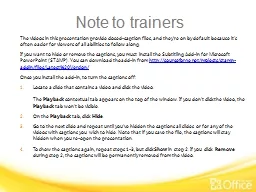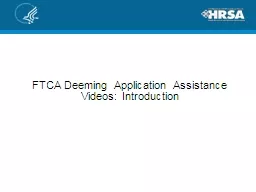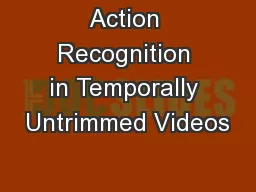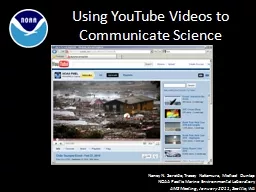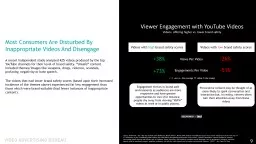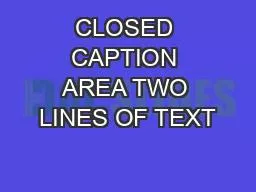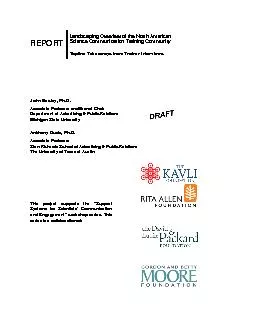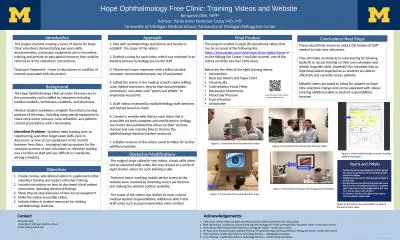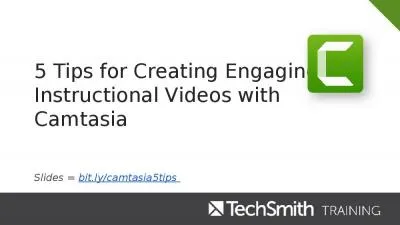PPT-Note to trainers The videos in this presentation provide closed-caption
Author : alida-meadow | Published Date : 2018-03-13
files and theyre on by default because its often easier for viewers of all abilities to follow along If you want to hide or remove the captions you must install
Presentation Embed Code
Download Presentation
Download Presentation The PPT/PDF document "Note to trainers The videos in this pres..." is the property of its rightful owner. Permission is granted to download and print the materials on this website for personal, non-commercial use only, and to display it on your personal computer provided you do not modify the materials and that you retain all copyright notices contained in the materials. By downloading content from our website, you accept the terms of this agreement.
Note to trainers The videos in this presentation provide closed-caption: Transcript
Download Rules Of Document
"Note to trainers The videos in this presentation provide closed-caption"The content belongs to its owner. You may download and print it for personal use, without modification, and keep all copyright notices. By downloading, you agree to these terms.
Related Documents

